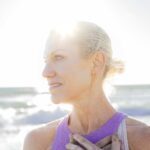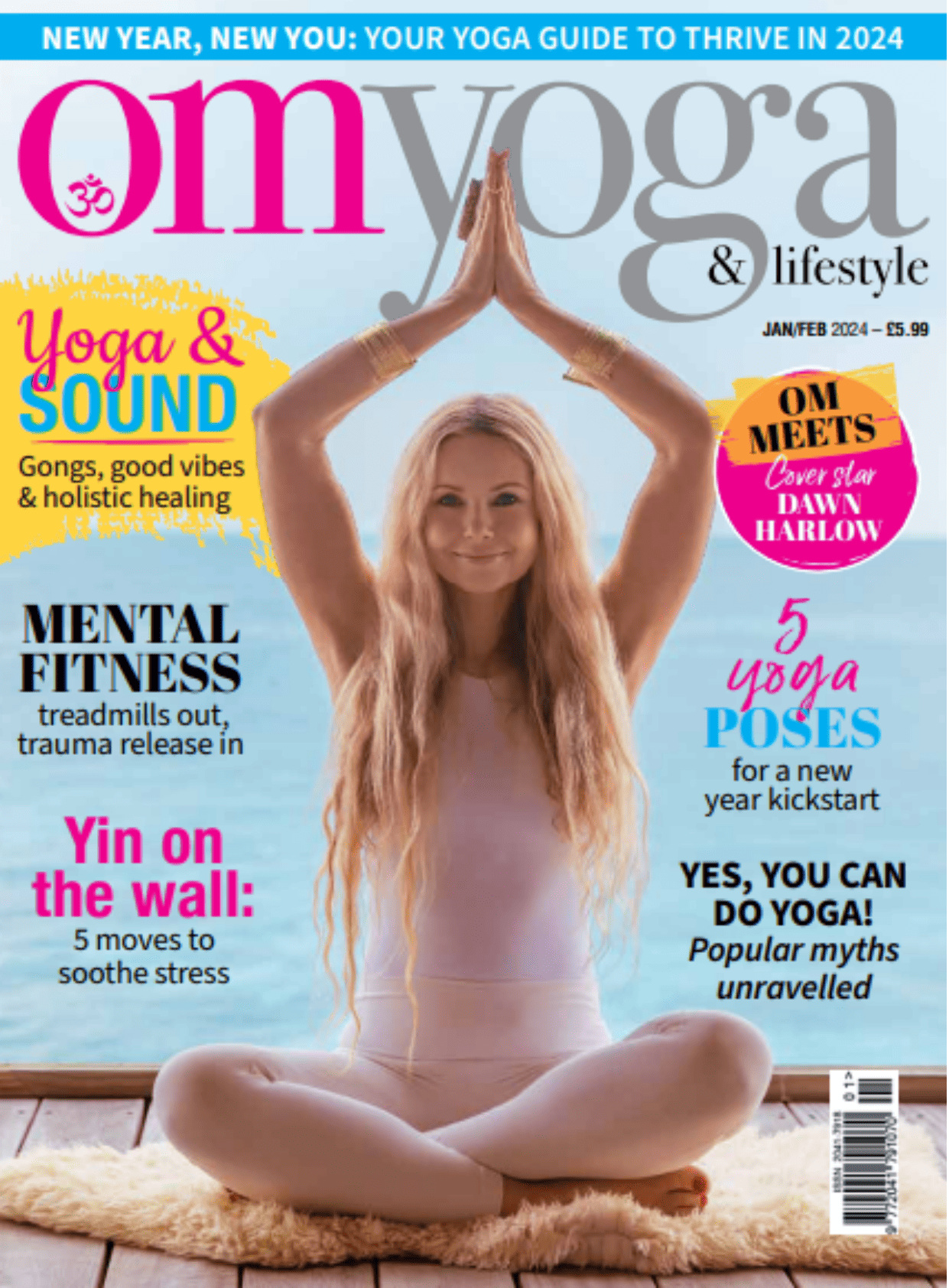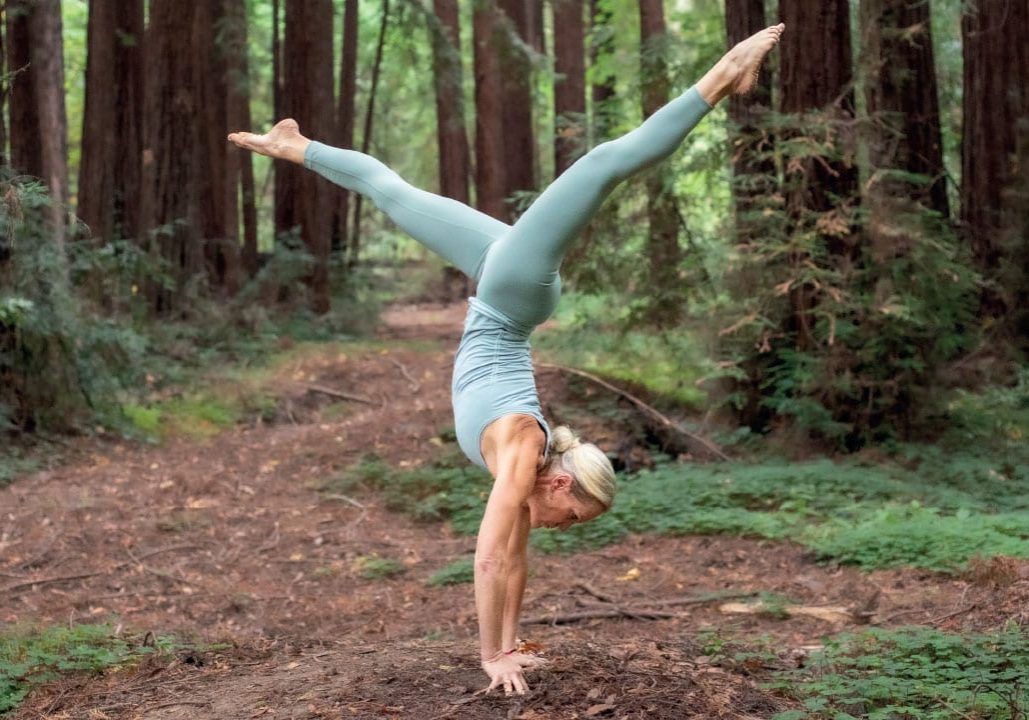
What’s your Possibility Pose?
How we do our yoga is how we do our life. So what’s possible in yours? By Andrea Marcum
Reading time: 6 minutes
In my book Close to Om, I ask readers to choose a pose that’s challenging — one that, for whatever reason, has them feeling stuck. We call this their Possibility Pose and use it as a laboratory for learning. Sure, to learn the mechanics behind why it might be intimidating as a flexibility, strength or balance test, but even more as a portal to discover that how we do one thing is how we do everything.
I’m going to propose that you pick a Possibility Pose too. Which posture has you feeling a bit stuck right now?
Embracing possibility requires courage and patience. In yoga philosophy that’s abhyasa (consistent practice over a long period of time) and vairagya (without expectation of an immediate or particular outcome). Often possibility is hidden in the folds of what we’ve not yet allowed ourselves to see.
Your Possibility Pose is a tangible tool to observe your process. Imagine yourself as being on safari. Enjoy studying the wild animal that is your brain. Instead of chasing the end result, map your progress so that you can better understand how you arrive at it. (Pro-tip: there’s no way any one of us is going to stay with something over time if we don’t enjoy it, so let’s keep this playful! Even Albert Einstein said, “Creativity is intelligence having fun!”)
BAKASANA (CROW POSE)
Bakaasana (crow pose) is a popular Possibility Pose because for many of us it represents a fair amount of fear. It also lends itself to a number of different iterations and experience levels along our way. Bakasana doesn’t have to be your Possibility Pose, but you can use this deconstruction as a guideline for incremental progress when it comes to your own.
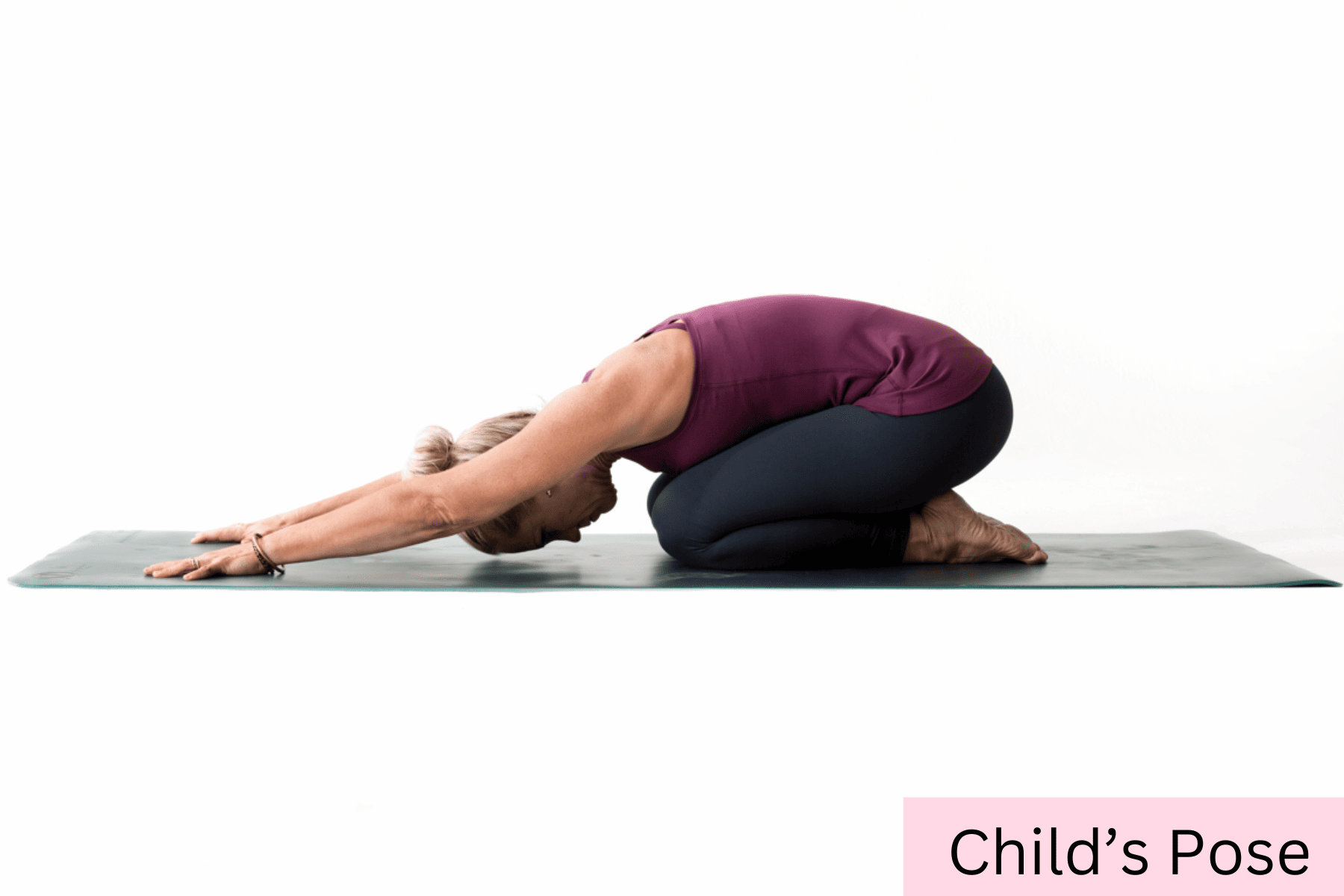
Begin by finding your way into child’s pose. We tend to think of the term ‘asana’ as meaning posture or pose and assume it to involve physical prowess or flexibility, but it actually translates as ‘comfortable seat’. In the Eight Limbs of Patanjali’s Yoga Sutras, asana comes before pranayama (breath work) on purpose. We can’t be agitated and restless and hope to focus on the subtle nuances of our breath. And comfortable seat is not only our physical stance — it means being comfortable sitting with ourselves psychologically too. I find this to be the juiciest, hardest, and most fruitful part of the equation. If you opted to stay here and make this your Possibility Pose it wouldn’t bother me one bit.
“Your Possibility Pose is a tangible tool to observe your process. Imagine yourself as being on safari. Enjoy studying the wild animal that is your brain. Instead of chasing the end result, map your progress so that you can better understand how you arrive at it.”
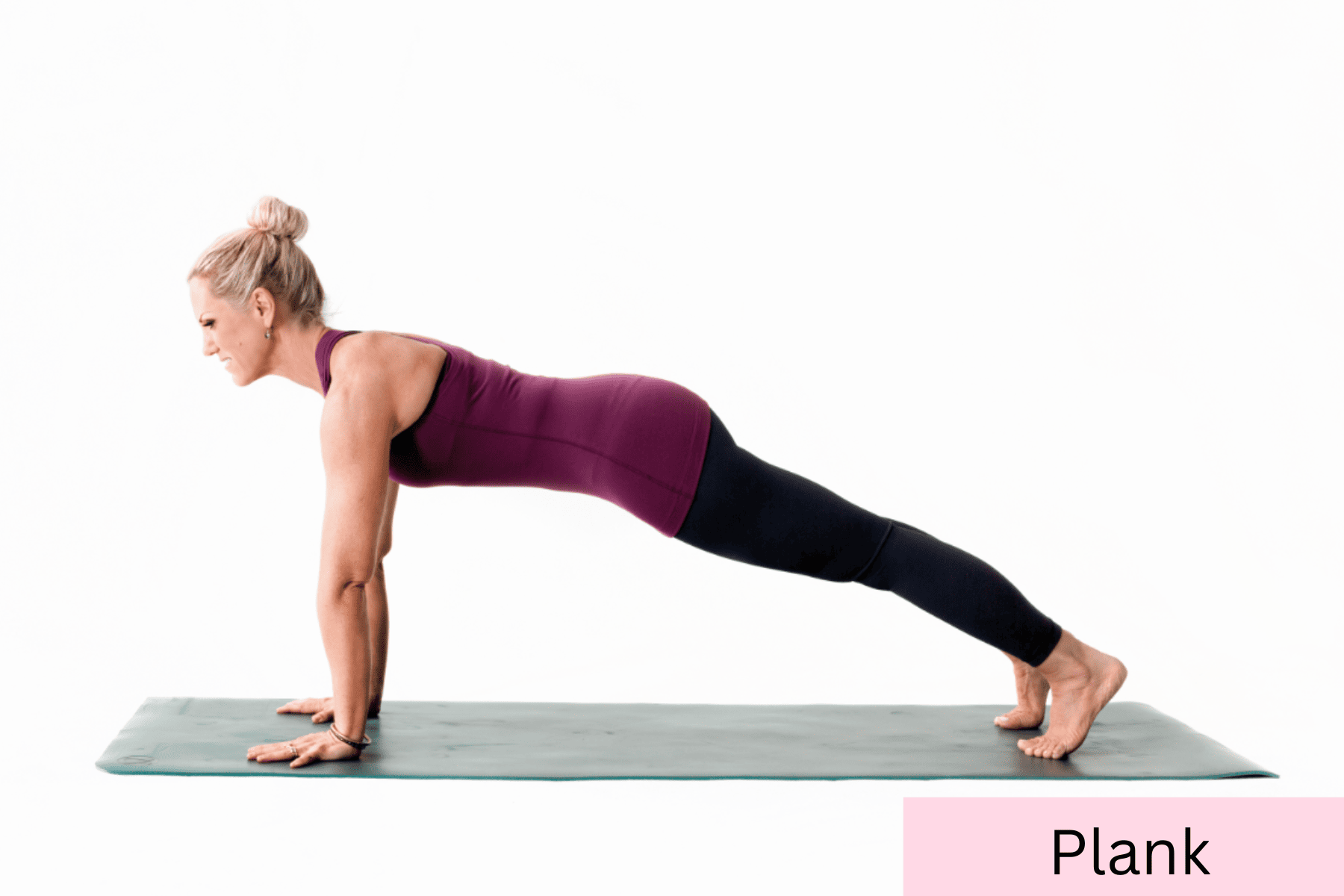
Bakasana begins as a squat, and that might be where it remains. Or perhaps at some point your crow leaves the ground and takes flight. Either way, we’re going to start at the beginning… possibility is born out of a beginner’s mind.
If your hips are tight or you are feeling this a lot in your calves, shins, ankles, or lower back, you are going to want to take a generous stance. Start with hip distance and if you need more room don’t hesitate to take your feet a bit wider. It might be helpful to sit on a block or two, or to take a rolled-up blanket or beach towel and place it underneath your heels if they’re way off the ground. There’s a lot of flexibility required to squat like this, and the longer you hang out in it the louder the sensations become, so be kind. Just because it looks simple when we see other people do it, doesn’t mean it’s easy when it’s our turn. That’s the beauty of yoga and what keeps it interesting no matter what version of the pose we’re doing and no matter how many years we’ve been doing it for.
If your squat is feeling steady, bring your hands into prayer position in front of your chest. Let your elbows gently nudge your inner thighs, this might facilitate a deeper inner thigh stretch and it’s educating the relationship of your arms and legs in Bakasana too. Pay close attention to what you’re feeling. Sharp or electrical sensations are a warning not to go so far, whereas the dull roar of something happening is progress.
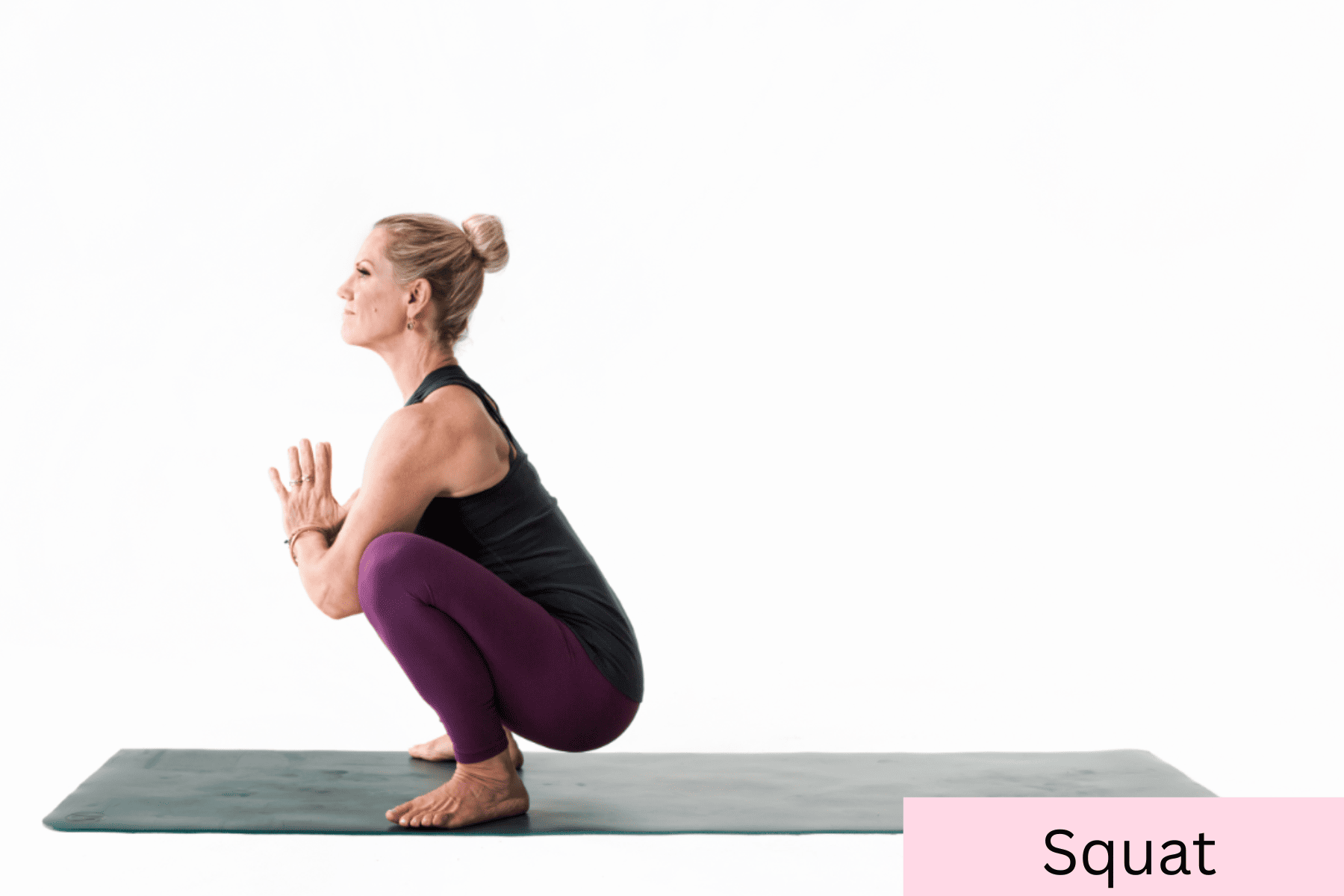
Try to make peace with what is instead of frantically yearning for something that isn’t. Encourage yourself to be inquisitive instead of indulging impatience. Finding these subtleties might hold more learning potential than visiting the fully formed pose. Notice where your mind wanders off to and gently encourage it back to the project at hand. Take a good look around while you’re here. You can glean fascinating personal development intel from where you’re sitting right now.
If and when you feel ready to take things a little bit further, try this. Come into a plank (upper push up) position. Shift your body forward enough that your shoulders are right over your wrists – this is where they’ll need to live when the full pose comes into the picture. It’s probably further forward and more precarious than you are used to. Just have fun experimenting.
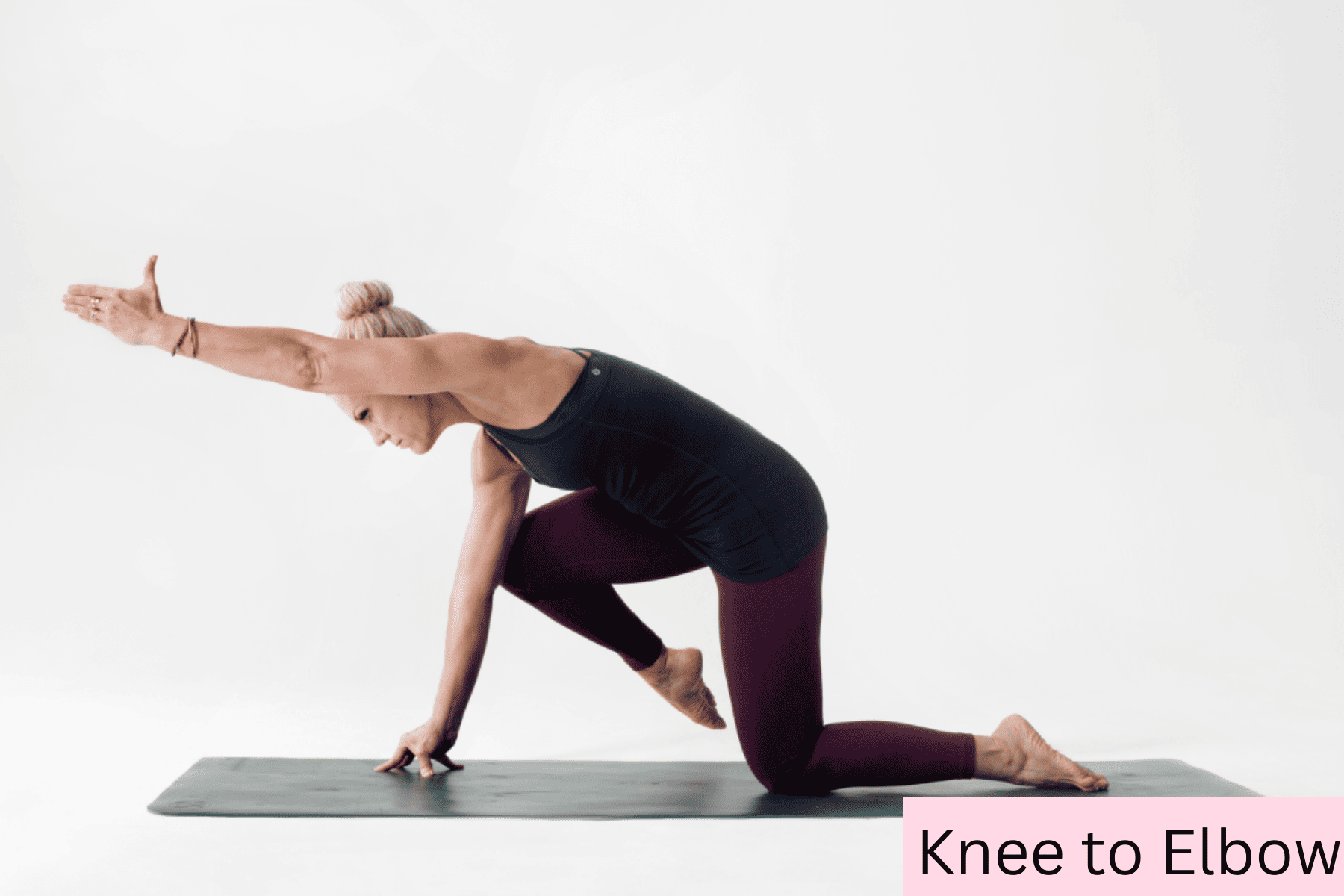
Bring one knee to touch the outside of your arm. Feel free to place your back knee down on the ground and negotiate your front knee against the arm from there. I even play with extending my opposite arm forward here to emphasise the proprioception and wobbly core work. In my opinion core strength has as much to do with cultivating courage and commitment as it does building muscles. Let this full spectrum of discovering your core feel inspired while you play here. As you repeat this over days, weeks or months, you’ll get stronger and you’ll learn a lot about balance. Some of that’s literal balance on your arms, but much of it will have to do with a larger sense of balance — one of effort and surrender. Notice any judgement or comparing that might be coming up for you. Find your way back to your safari.
If you’re ready to give the full pose a shot, from your squat you’ll crouch down to prepare for the arm balance. A fantastic way to add training wheels here is to use a block beneath your feet in your squat.
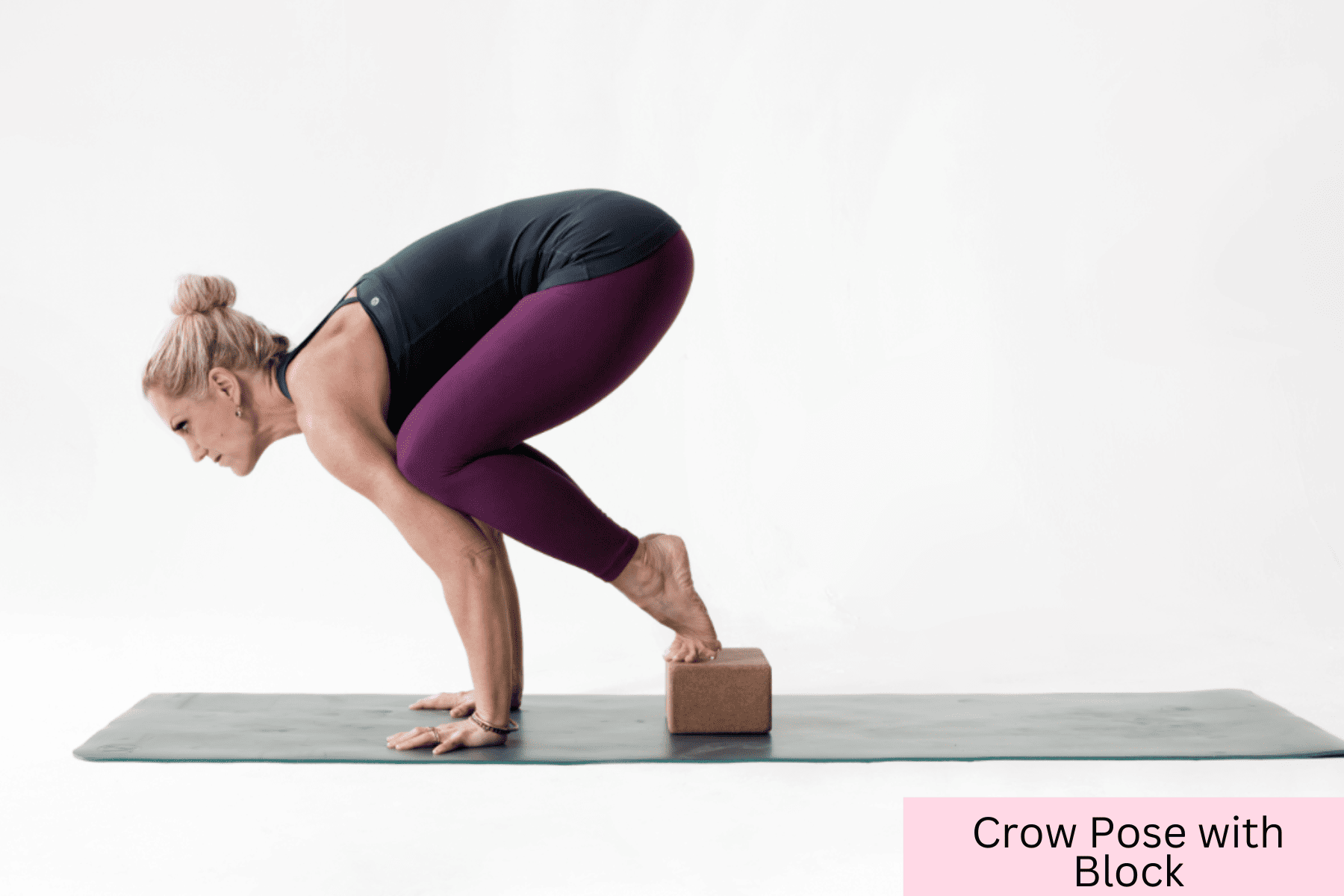
Whether from your block or from the floor, in your squatting position snuggle your knees near your armpits on the outside of your arms like you were doing one at a time in your plank. Get a feel for the pose without leaving the ground.
Gaze as far forward as you can from your perch and introduce the concept of the pose to your body and mind. Be willing to stay with this variation if that’s what’s most appropriate. Notice how much more comfortable you become with the idea of the arm balance just by repeating the prep in a committed, focused way over the course of a few days or weeks without trying to take on too much. What was initially foreign has made its way into your consciousness?
Next, try coming up onto your toes on your block or on the floor and moving your body weight further forward with your shoulders aligning over your wrists just like we found in our plank variation. Enjoy the newness of this uncertain point of balance and stick with that for as long as you’d like. Once you’re feeling familiar with the forward shift, think about bringing just one of your feet off your block or off the ground and start to draw that heel in towards your butt. Be calm and lighthearted as you find your way. Don’t get ahead of yourself. Whether you eventually convince both your feet up or not, what’s interesting is how you’ve witnessed yourself learning something new. Just keep trying and enjoy the process.
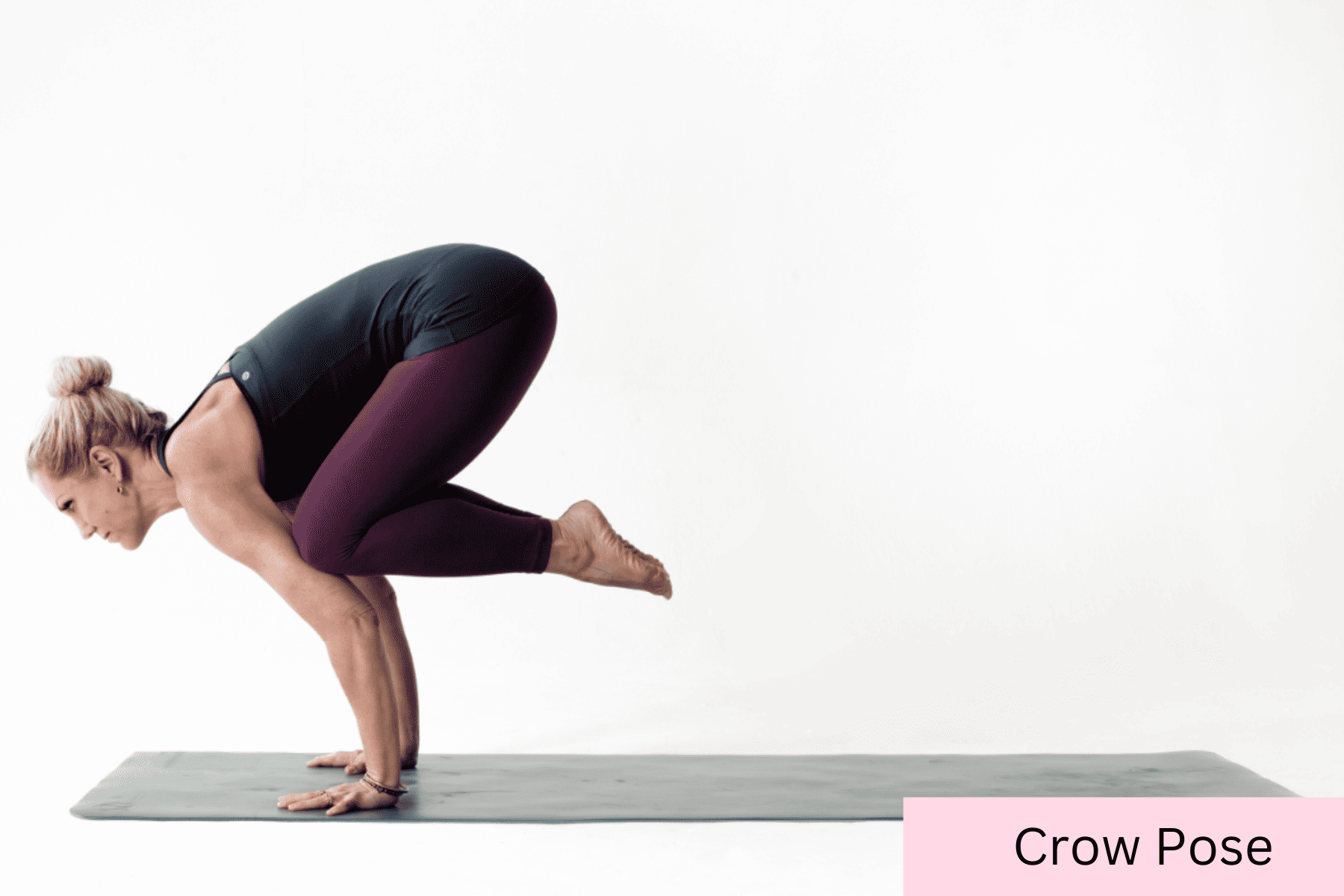
If you’re more experienced at bakasana, you could make eka pada bakasana (single legged crow) your Possibility Pose. From full crow pose, try taking one of your knees off the back of your arm. Step one is to draw that knee into your chest, hovering off the ground and between your arms for a few breaths. Finding balance without the symmetry of both knees on the back of both of our arms is tricky business. Oh, and that core we were talking about will be kicked into high gear here too. I’ve attempted this for years and I’m still on a Possibility safari with it, so have patience.
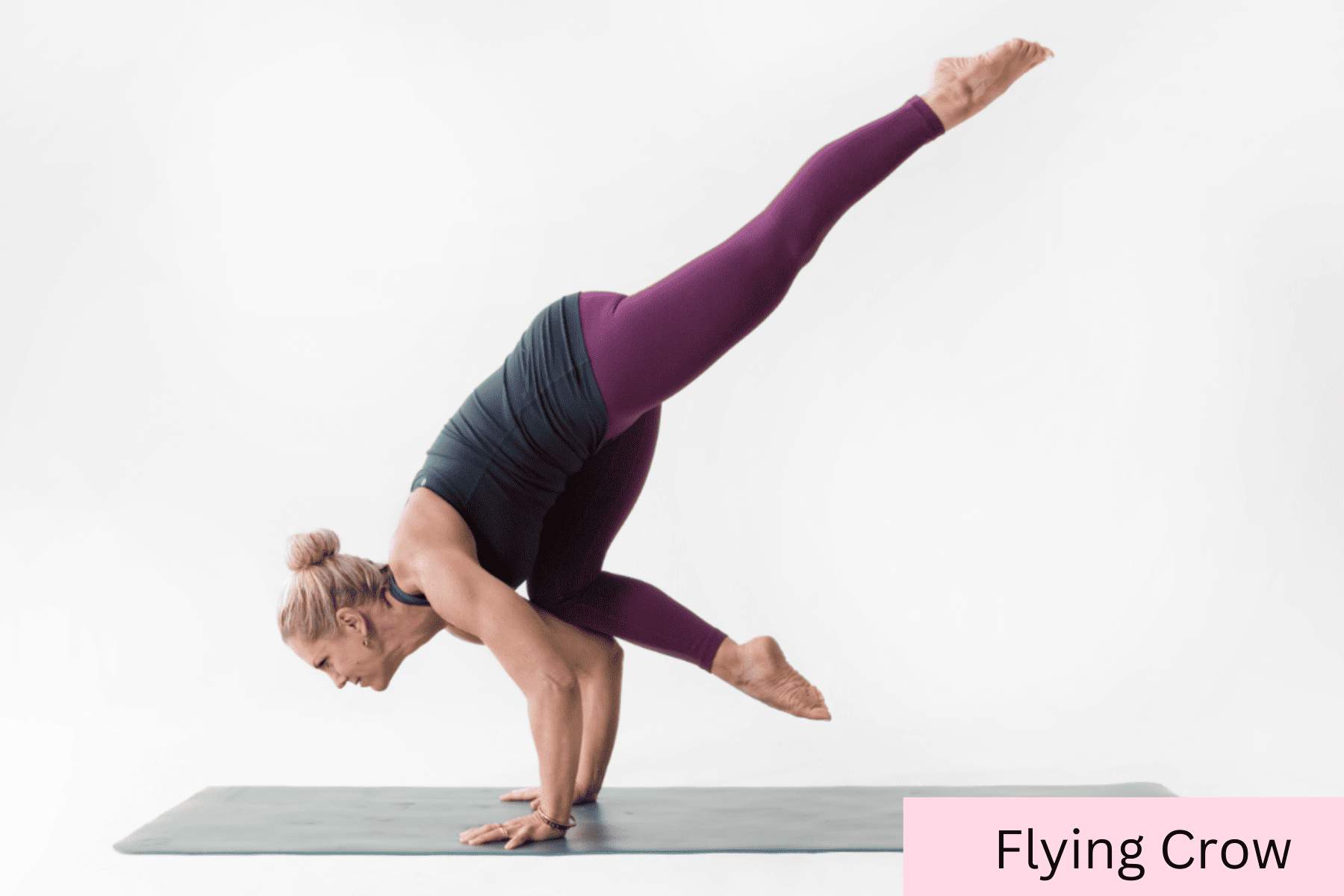
When you’re able to sustain your knee into your chest and hovering, you can start to think about extending that leg off the ground and straight back behind you like you see in the above picture. Your body will feel like a human seesaw as you dare to lean even farther forward than you have thus far so that your back leg doesn’t pull you down to the ground.
A very helpful way to understand just how far forward you have to lean is the dolphin pose prep pictured below. Take a down dog on your forearms (dolphin.)
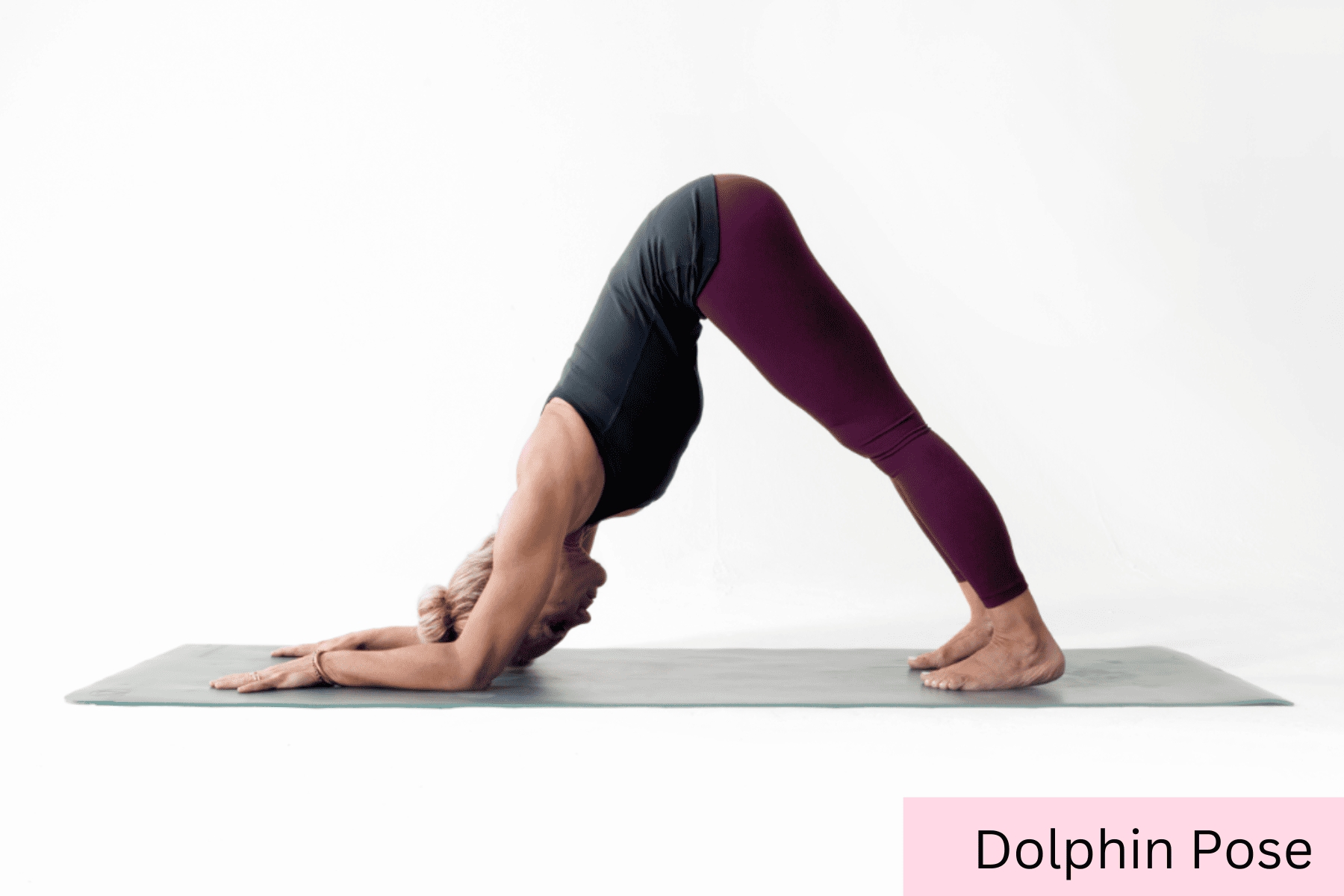
Walk your feet in a little bit closer to your elbows, interlace your hands, and shift your body so far forward that your chin brushes the ground.
Notice where you are in space, and then shift back into your dolphin (ugh, I know… easier said than done…) Repeat this a few times. The prep will give you an invaluable vantage point from which to view all these crow variations.
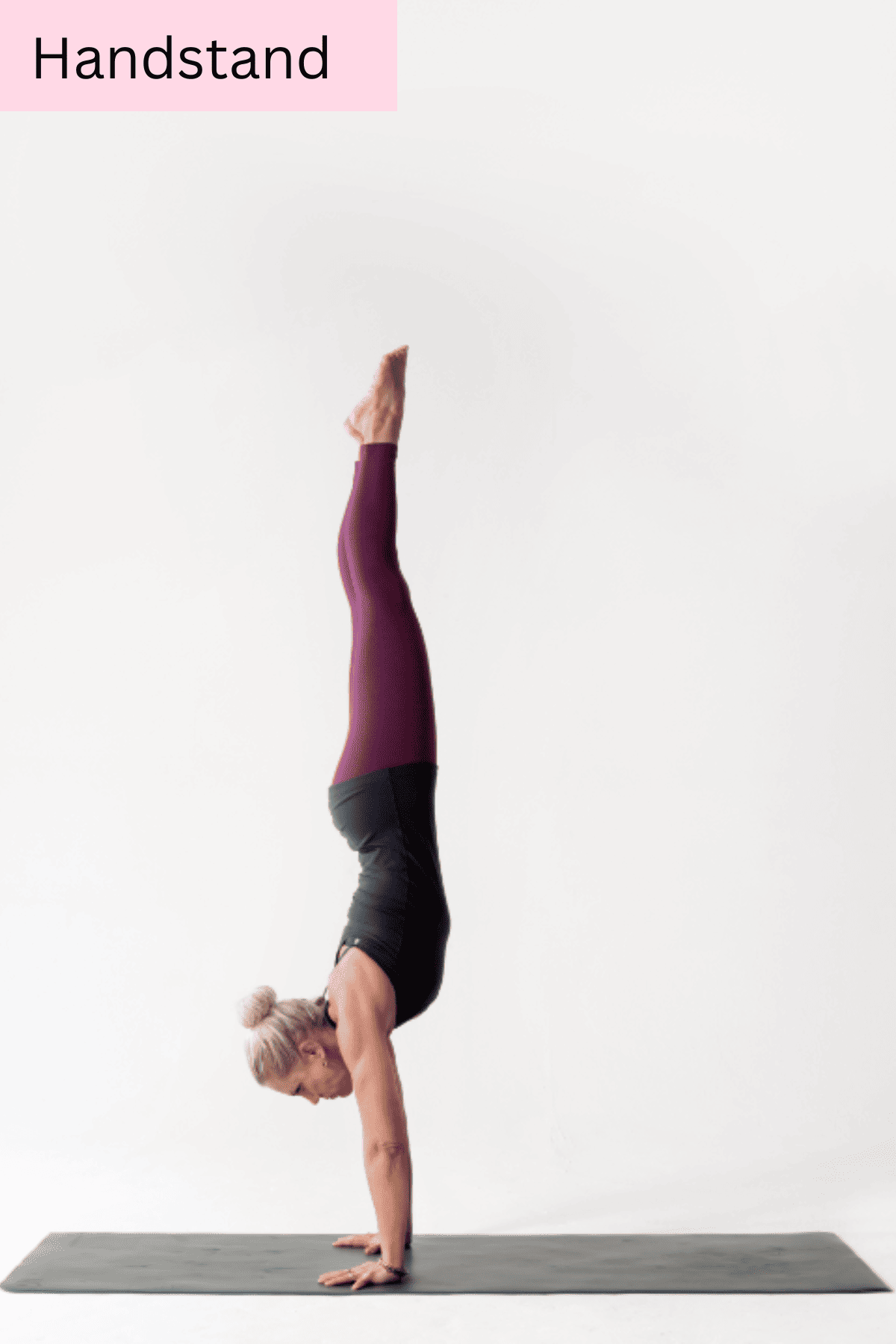
Still not challenging enough?
Shoot your crow into handstand… Think you’re going to be happier once you’re in a handstand? I’ve seen some pretty unhappy handstanders in my time. Beware of boarding the Nothing’s Ever Enough train. I’m more than a little bit familiar with that ride and can spare you the detour. It’s a route that will take you to Exactly Where You Didn’t Want To Be and looking for Even More. Just saying… And at the end of the day, handstand is really just down dog with your legs up a little bit higher.
How we do our yoga is how we do our life. Our Possibility Pose work on our mat is a roadmap for potentials in our lives... Maybe you’re learning a new language, starting a new career, climbing into a new relationship? All of these will require a safari into wobbles, stretches and stumbles. Patient consistency (abhayasa) and process-driven inquiry (vairagya) are intelligence having fun, and you don’t have to be Einstein to enjoy every step of your proposed adventure as an opportunity to learn and grow.
Andrea Marcum encourages you to stretch yoga from your mat to your life on her platform (andreamarcum.com), on her retreats around the world and in the pages of her book, Close to Om

